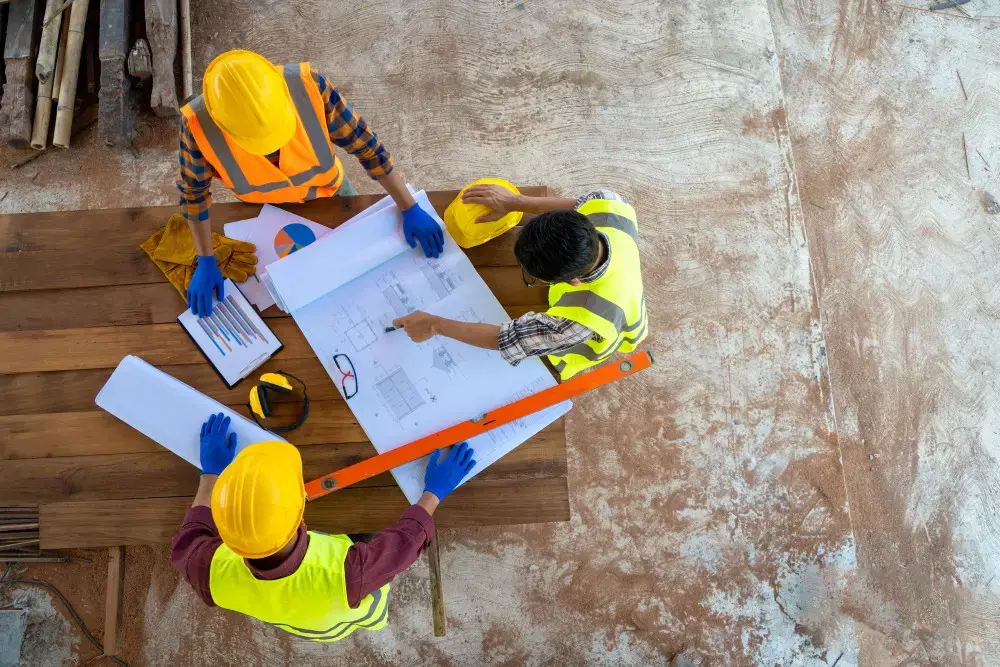COLUMBIA, S.C. — Where Did the Dream of Passenger Rail Go?
In 1999, the city of Columbia, South Carolina, was buzzing with ambition and plans. There was a vision—a vision of a robust passenger rail network that would rival the significant interstate highways weaving through the state. If you can picture it, officials hoped to create a system that would not only ease the burden on highways but also provide a reliable alternative for travelers across the Southeast.
Fast-forward twenty-five years, and the train whistles that might have heralded this grand dream have either become faint echoes or fallen silent entirely. The reality is that, while some long-distance Amtrak routes connect the Southeast’s biggest cities, the robust passenger rail network envisioned by state leaders never materialized. Columbia’s Amtrak station sits near downtown, serving as a reminder of what was once aspired to but hasn’t fully come to be.
A Test Train and Early Enthusiasm
Back in the late ’90s, there was genuine excitement. Local leaders like former Mayor Bob Coble and Richland County Councilman Paul Livingston were behind the project, emphasizing that mass transit was essential for the future of the Midlands. The state even collaborated with North Carolina and Amtrak to launch a test train service from Columbia to Charlotte, gauging interest and excitement for the proposed passenger rail line. Many thought this could open a doorway to a better commuting experience, balancing the embrace of vehicle travel with environmentally friendly alternatives.
However, as time went on, it became clear that while the vision was bold, actions didn’t follow suit. Funding shifted away from passenger rail development toward highway expansion. In fact, the South Carolina Department of Transportation (SCDOT) has focused much of its resources on widening roads, maintaining what is now the fourth largest state-maintained road system in the U.S.
Changing Public Preferences
The winds of public preference shifted, too. As it became more convenient to hop on a plane or drive, passenger rail options fell by the wayside. David Gray, serving as the multimodal planning manager for SCDOT, noted, “With passenger rail… there was a die-off, or a lack of demand for passenger rail with the advent of the National Highway System and air travel.” He explained that the state has generally focused on what the public seemed to prefer, which had increasingly leaned towards cars and air travel.
What’s Happening Now?
Despite the cooling of the initial enthusiasm, Amtrak’s presence in South Carolina remains. Currently, there are four federally-funded Amtrak lines operating in the state, offering limited access to passenger rail. However, ridership has consistently fallen since 2013, with only a modest rebound observed post-COVID-19 pandemic. Recently, Amtrak even announced a new temporary line providing South Carolinians a chance to travel directly to Chicago, but much of the discussion about the future of passenger rail services remains cold.
Comparatively, neighboring North Carolina has taken an entirely different approach. With proactive investments in rail, that state has seen increasing ridership numbers. It boosts two tracks that regularly operate, including a daily route linking Charlotte and Raleigh. Their transportation department has even secured funding through federal grants to explore new passenger rail routes, while South Carolina has not jumped on the bandwagon.
The Road Ahead
It’s clear that many residents have expressed a desire for expanded passenger rail options. Even so, the road ahead remains bumpy. Though legislation proposing to study the potential of high-speed rail connections was introduced, it ultimately fizzled out in the legislative process. As it stands, prospects for meaningful passenger rail projects in South Carolina mostly lean towards private investments, which may take years to come to fruition.
Experts believe that if conditions were right—such as sufficient demand, political will, and financial backing—the dream of passenger rail services could still be revived. Until then, the highways remain the primary mode of transportation for most, while the silent tracks of South Carolina linger, waiting for a time when the whistle of a train might return to announce a new chapter in the state’s travel story.
Author: STAFF HERE IRMO
The HERE Irmo Staff Writers are a collaborative team of journalists, editors, and local contributors passionate about delivering accurate, timely information to the Irmo community. As part of the HEREcity.com Network, which powers over 100 U.S. city sites including HEREcolumbia.com, our staff draws on collective experience in South Carolina journalism to cover everything from business sales and real estate developments to dining deals and community initiatives. Our Expertise and Background Local Roots in Irmo Our team includes lifelong Irmo residents and SC natives with deep knowledge of the area’s history, economy, and culture. We’ve covered key events like the recent developments around Lake Murray, Irmo’s community festivals like the Okra Strut, and growth in local education sectors (e.g., Midlands Technical College programs). Collective Experience With over 50 combined years in journalism, our staff has backgrounds in print, digital media, and community reporting. We prioritize fact-based stories, drawing from sources like the Irmo Chamber of Commerce, town government records, and on-the-ground interviews. Commitment to Quality Every article is a group effort, involving research, editing, and verification to ensure reliability. We adhere to journalistic standards, citing credible sources and updating content as new details emerge.








